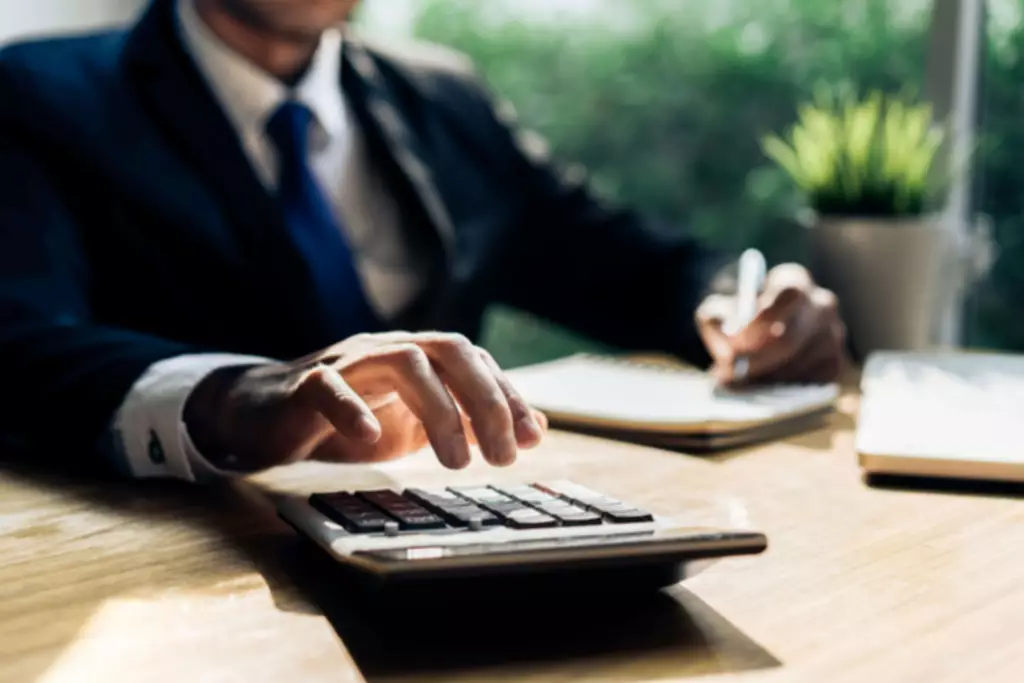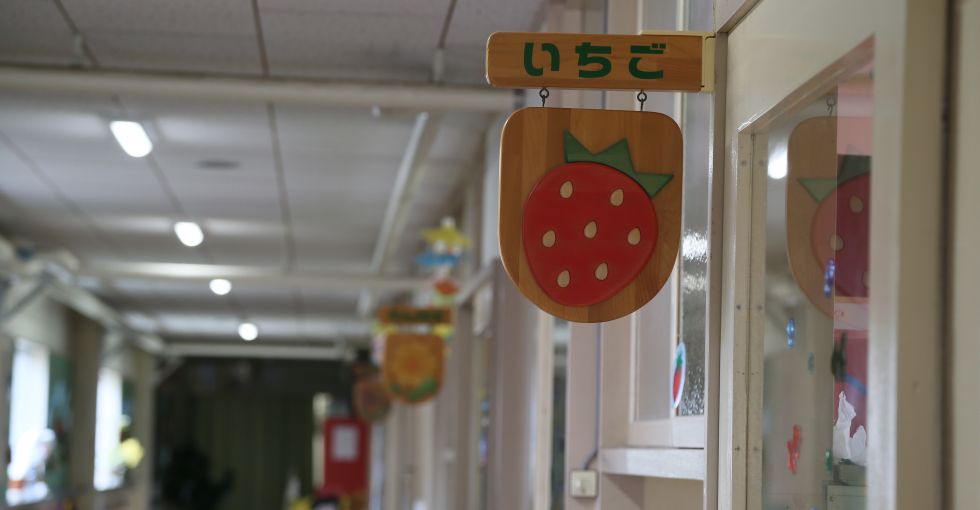Content

Physical property acquired by the University by purchase, gift, trade, or fabrication and which take the form of land, buildings, equipment, improvements to land or buildings, and other tangible items are capitalized. The classification comprises of buildings, land, machinery, vehicles, fixtures, and any other equipment that the company uses to run the business. The fourth characteristic is that these have helped so many companies. And statistics show over a million companies rely on and utilize plant assets.
Of course, selling property, plant, and equipment to fund business operations is a signal that a company might be in financial trouble. It is important to note that regardless of the reason why a company has sold some of its property, plant, or equipment, it’s likely the company didn’t realize a profit from the sale.
Significance of PP&E
Current assets such as cash, cash equivalents, accounts receivable, and inventory are considered short-term assets, meaning they are able to be converted to cash in less than a year. Tangible assets such as art, furniture, stamps, gold, wine, toys and books are recognized as an https://www.bookstime.com/ asset class in their own right. Many high-net-worth individuals will seek to include these tangible assets as part of their overall asset portfolio. The phrase net current assets is often used and refers to the total of current assets less the total of current liabilities.
Buildings are assets that include any structure or facility that a business builds or owns on their property. Buildings are typically one of the most valuable assets of a company in addition to owned land. A business might own small buildings like office space or a small storefront, or larger structures such as storage plant assets are defined as facilities, warehouses, or large headquarters for their employees. Capital expenditures are funds used by a company to acquire or upgrade physical assets such as property, buildings, or equipment. (PP&E) are also called fixed or tangible assets, meaning they are physical items that a company cannot easily liquidate.
Inventory Carrying Cost: Profit’s Enemy And Friend
The land is also an asset that is unlikely to deteriorate in value over time. Property, Plant and Equipment means any item of real property, or any interest therein, buildings, improvements and machinery. If land is purchased as a building site, the cost of removing existing structures is not charged to the Land account.
Plant assets have many diverse characteristics that play a role in the business. These roles are revenue generation, tangibility, and useful lives. Plant assets are depreciated over their useful lives and each year’s depreciation is credited to a contra asset account Accumulated Depreciation. As for buildings, per IRS rules, non-residential buildings can be depreciated over 39 years using the Modified Accelerated Cost Recovery System method of depreciation. There is a growing analytical interest in assets and asset forms in other social sciences too, especially in terms of how a variety of things (e.g., personality, personal data, ecosystems, etc.) can be turned into an asset. Generally, only utilities being extended to new areas or to new buildings should be capitalized. Major alterations to existing utilities to accommodate a new building should also be capitalized.
Capitalization Guidelines
Plant assets are ‘fixed’ in a business because of the amount of money invested to own and operate them, the long-term role these assets play, and because a business cannot sell it and turn it into cash quickly. Noncurrent assets are a company’s long-term investments for which the full value will not be realized within the accounting year. They appear on a company’s balance sheet under “investment”; “property, plant, and equipment”; “intangible assets”; or “other assets”. The IAS 16 of the IFRS governs the rules regarding recognizing and recording the plant assets in the company’s financial statements.
How do you calculate plant asset cost?
¨ Cost is measured by the cash paid in a cash transaction or by the cash equivalent price paid when noncash assets are used in payment. The cash equivalent price is equal to the fair market value of the asset given up or the fair market value of the asset received, whichever is more clearly determinable.


